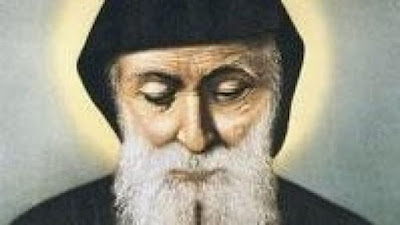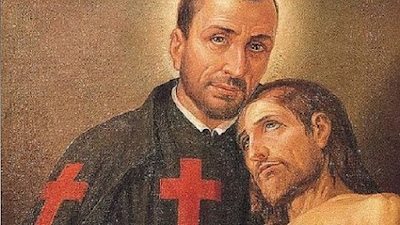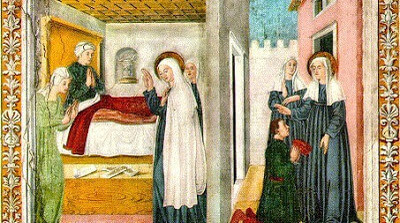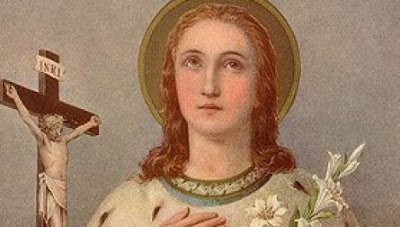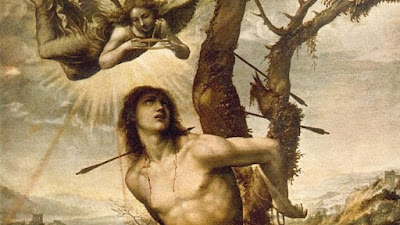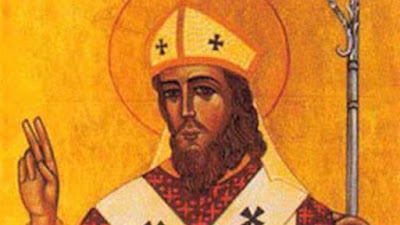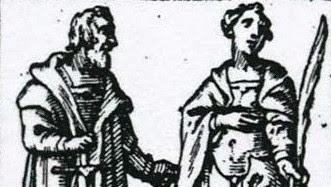Saint Margaret Mary Alacoque, Apostle of the Sacred Heart of Jesus
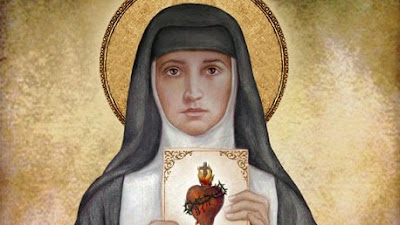
Optional Memorial - October 16th Occasionally, we get so caught up in the holiness of saints — sometimes to the point of thinking that we could never be like them — that we forget that they, like us, often suffered misunderstanding, criticism, and ridicule for the things they said and did. This was true with St. Margaret Mary Alacoque, the Visitation nun whose visions of the Sacred Heart were at first largely dismissed as delusions. Margaret Mary’s childhood was far from idyllic. Born in the village of L'Hautecour, France in 1647, she suffered the death of her father at an early age. That event, coupled with the unscrupulous actions of a relative, resulted in the family being left poverty stricken and humiliated. After her First Communion at the age of nine, Margaret Mary herself became ill and was paralyzed for four years. Her health, along with the desperate situation the family found itself enduring, caused her emotional anguish. “The heaviest of my crosses,” she later


